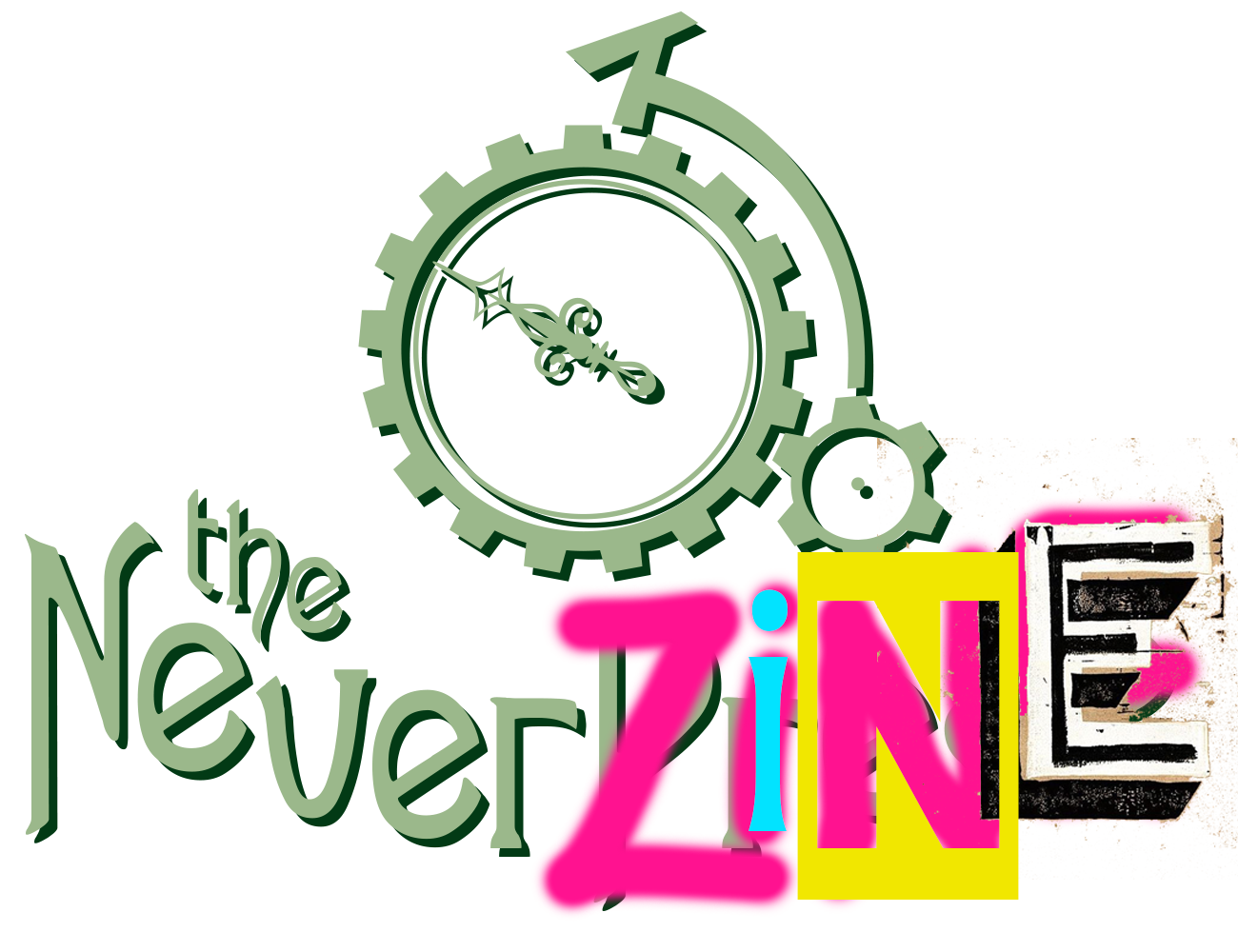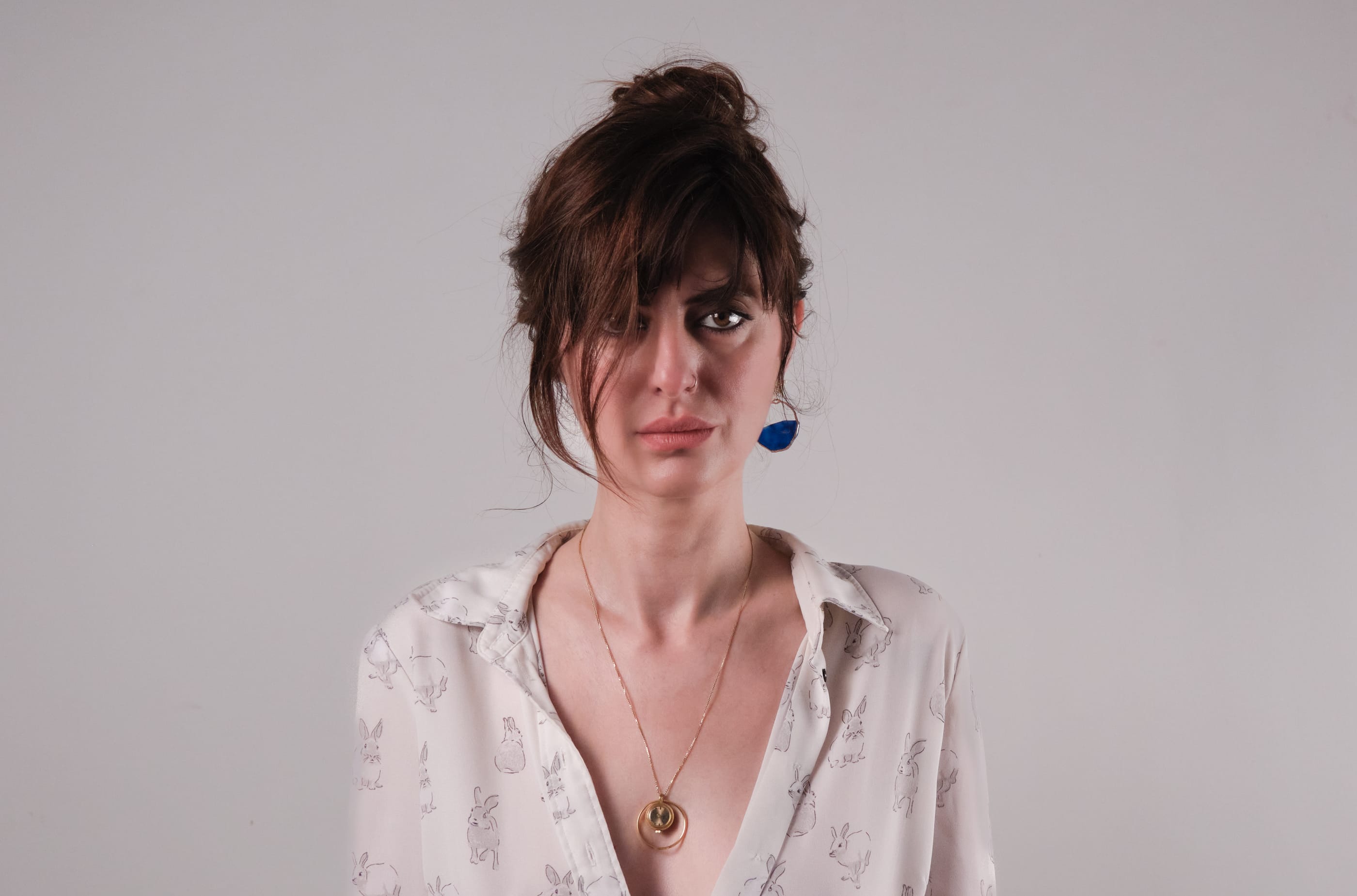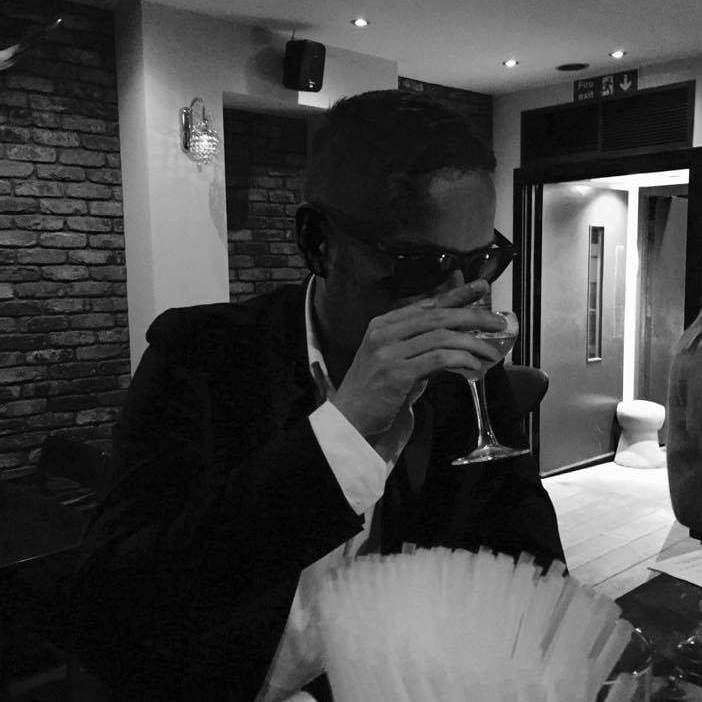We are really delighted and honoured to bring you a very special interview with a very special artist. Dilek is a star of stage and screen and just as accomplished behind the camera as in front of it.
From acting on stage, film and in TV, to photography, Dilek has dedicated her life to her creativity. Her acting is visceral and explosive and her photography is ethereal and timeless - conjuring another space out of our reality. Her deep sense of self, and connected awareness of everything around her from the spiritual to the physical is channeled through her and expressed truthfully, emotionally and authentically in everything she does. A strong mind. A deep thinker. An artist and conduit for the connection. This is a great one...so let's go!
Dilek! No messing around, let's get into it - please may you tell us about your creative journey so far?
My journey began when I realised that the world I used to escape into — without even knowing it was called acting — was actually helping me build a more truthful life. My mother would often say, ‘Come back to the real world now.’ I was always a child living in a dreamland — and in many ways, I still am. This game that started in my childhood eventually took on the name ‘acting’. Of course, living like this hasn’t always been easy within the demands of a capitalist world. To deepen this passion, I later completed a Master’s degree in Film and Drama Acting at Kadir Has University in Istanbul. In recent years, photography has taken up a bigger space on this creative path too. I graduated from the Photography Department at the University of West London this year. Photography has been with me since I was very young — but for a while, we took a break from each other. Now it has returned as my closest companion. These days, I’m trying to bring photography and acting together to tell stories in my own way. And this year, we will be performing Unofficial Roxelana (Gayri Resmi Hürrem) at the Edinburgh Fringe Festival. For me, it’s another meaningful stop on this path — a chance to share the stories I carry inside me, freely, on stage, through photos, and in words.
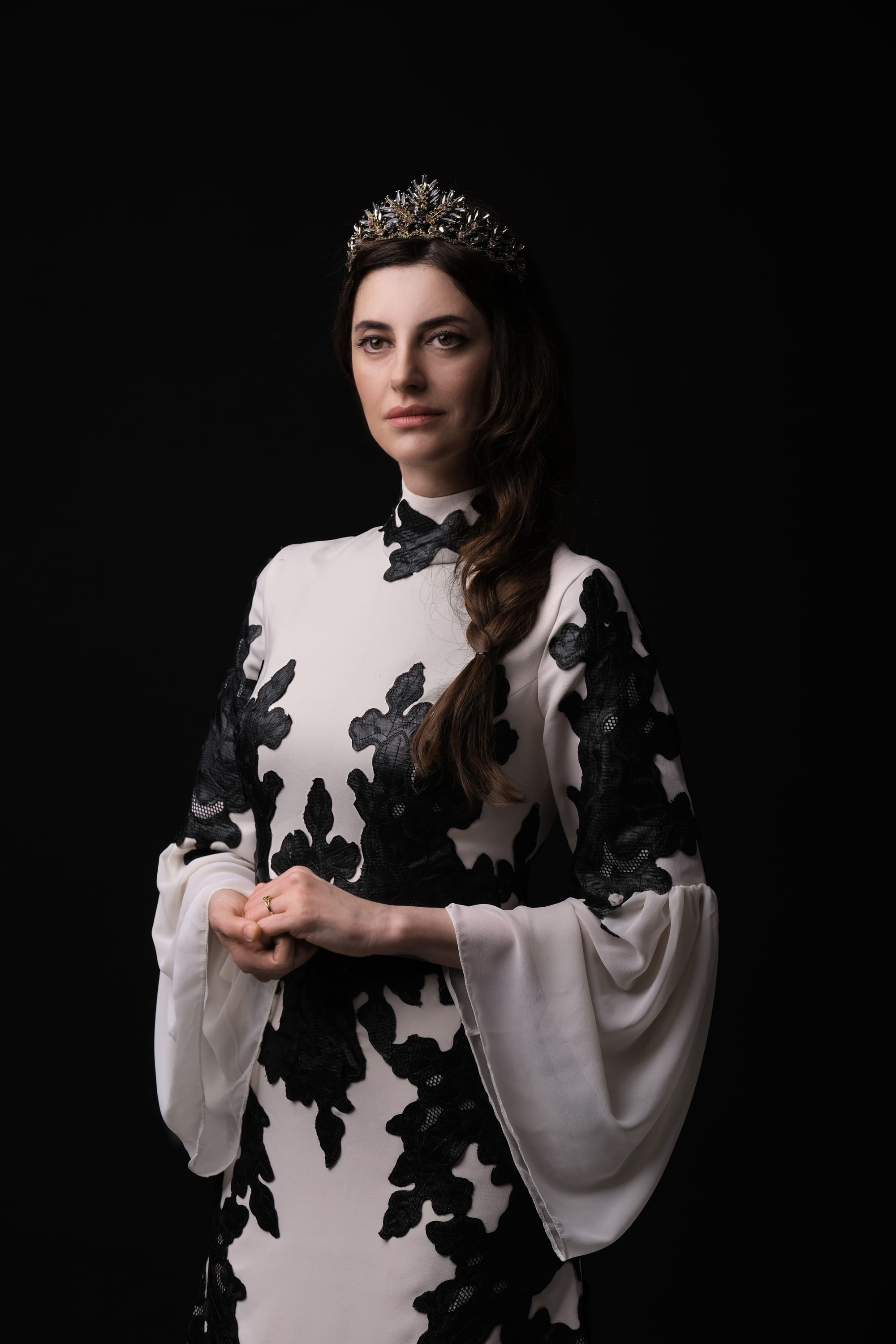
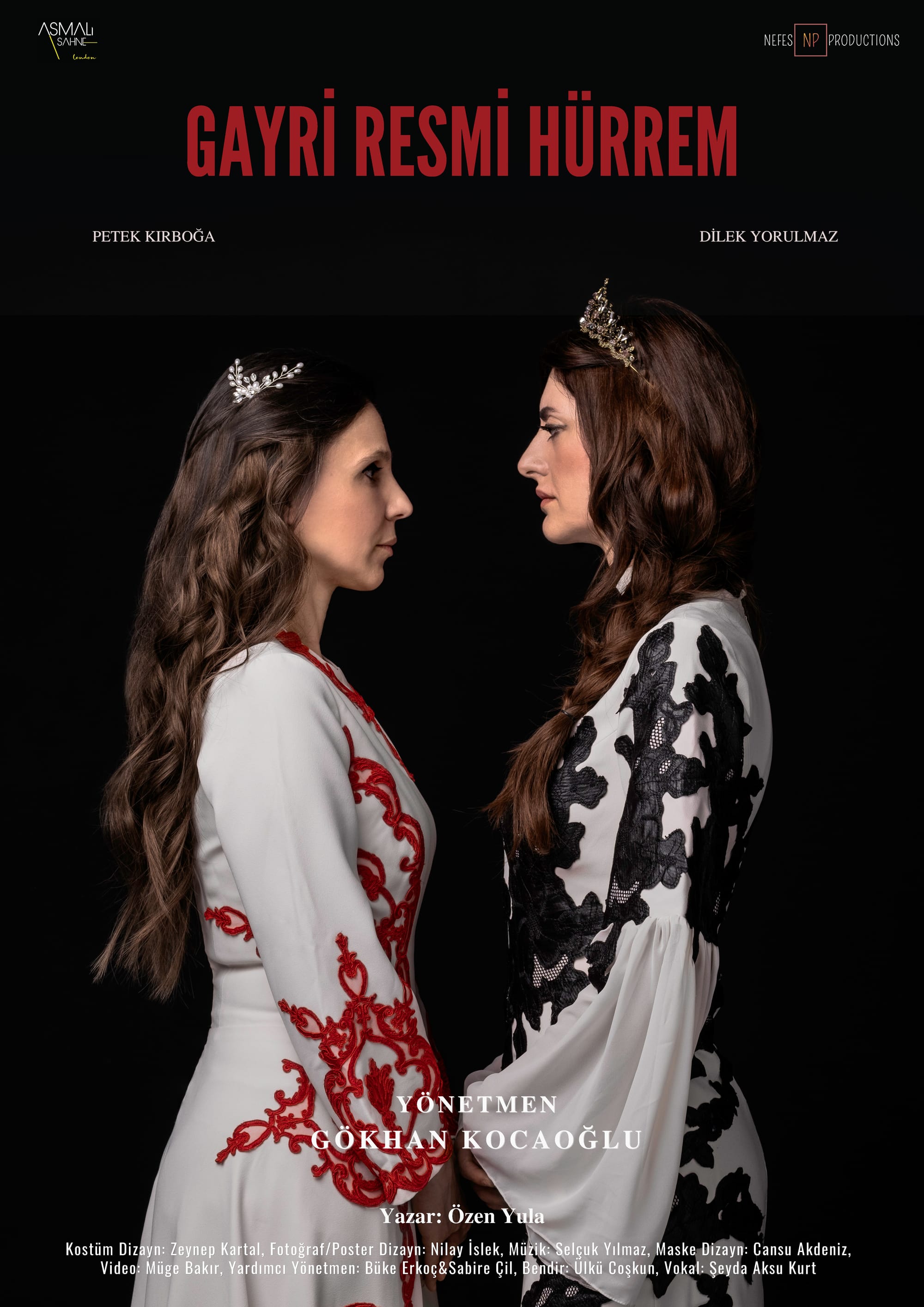
Unofficial Roxelana (Gayri Resmi Hürrem) - Link to tickets at the bottom of the article. Photo credit : Nilay İşlek
On stage, how do you stay in the moment?
Staying in the moment is my only option. The moment I step onto the stage and become that character, only they exist there: their feelings, their thoughts, their body. Everything starts to flow naturally. Of course, there’s a long process of theoretical and practical work that comes before this. But once everything is ready and you press that inner button, the flow takes over — and you simply become part of it.
I like to surrender to the flow and trust whatever the moment asks of me.
Can you break down your process from first read, through preparation and read-through to opening night?
If I had to describe a general process, rehearsals always begin with table reads. From the first read-through to the final staging, so much transforms along the way. I like to think of it as a journey: so many things happen to you on the road before you reach your destination — and sometimes, the character takes you somewhere completely unexpected.
Of course, there’s a sociological, psychological, and sometimes historical or political research phase — that’s the theoretical part of the work. But to really find my way into a character, I prefer to take long walks and think about them as I move, and I often meditate on them too. When my body and mind stay open, the character comes to me on its own.
Every play and every character has its own unique journey — just like we do. When I prepare for a character, I’m not the same Dilek I was before. There’s a big difference between who I was five years ago and who I am now; this inevitably shapes my approach, my perspective, my emotions, my whole being. In the end, even if you see a character on stage, that character always carries a part of the actor within.
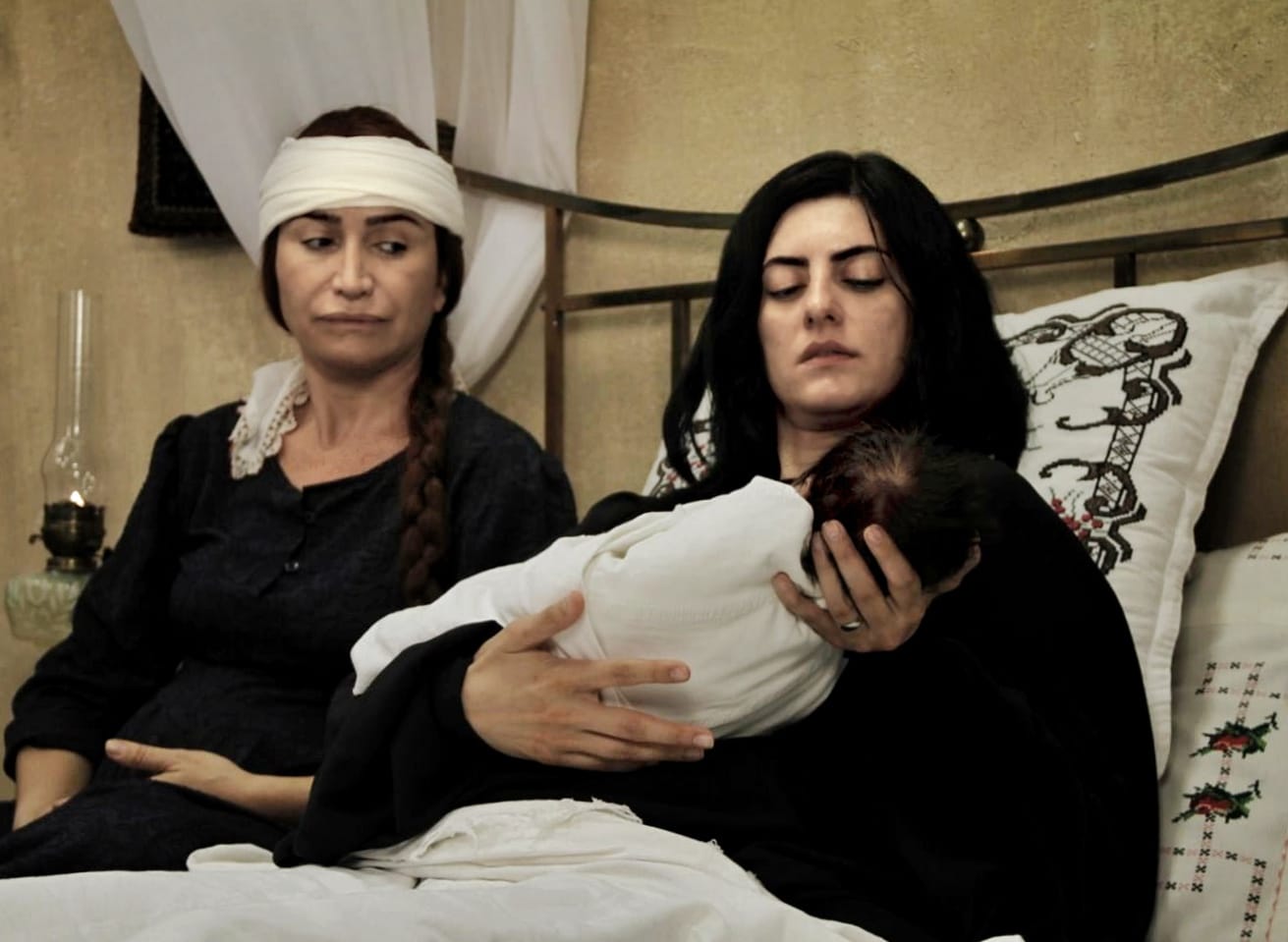
It’s the first day of shooting, you’re half an hour from set…what are you feeling, what are you thinking about, what do you do to get into your creative space?
The first day always brings a sweet sense of excitement and curiosity. There’s the thrill of meeting the team for the first time, of giving the character flesh and bones, and of stepping out in front of an audience. It’s the kind of excitement that feeds my motivation — I think without it, the work would lose its spark. I try to see this feeling as an advantage and turn it into energy.
To keep myself centred, I rely on small personal rituals — not just in my acting, but in other moments of life too. These rituals stay with me on shooting days as well. I focus on my breath, or repeat a quiet intention to myself — these simple things calm me down and help me step into my creative space more fully.
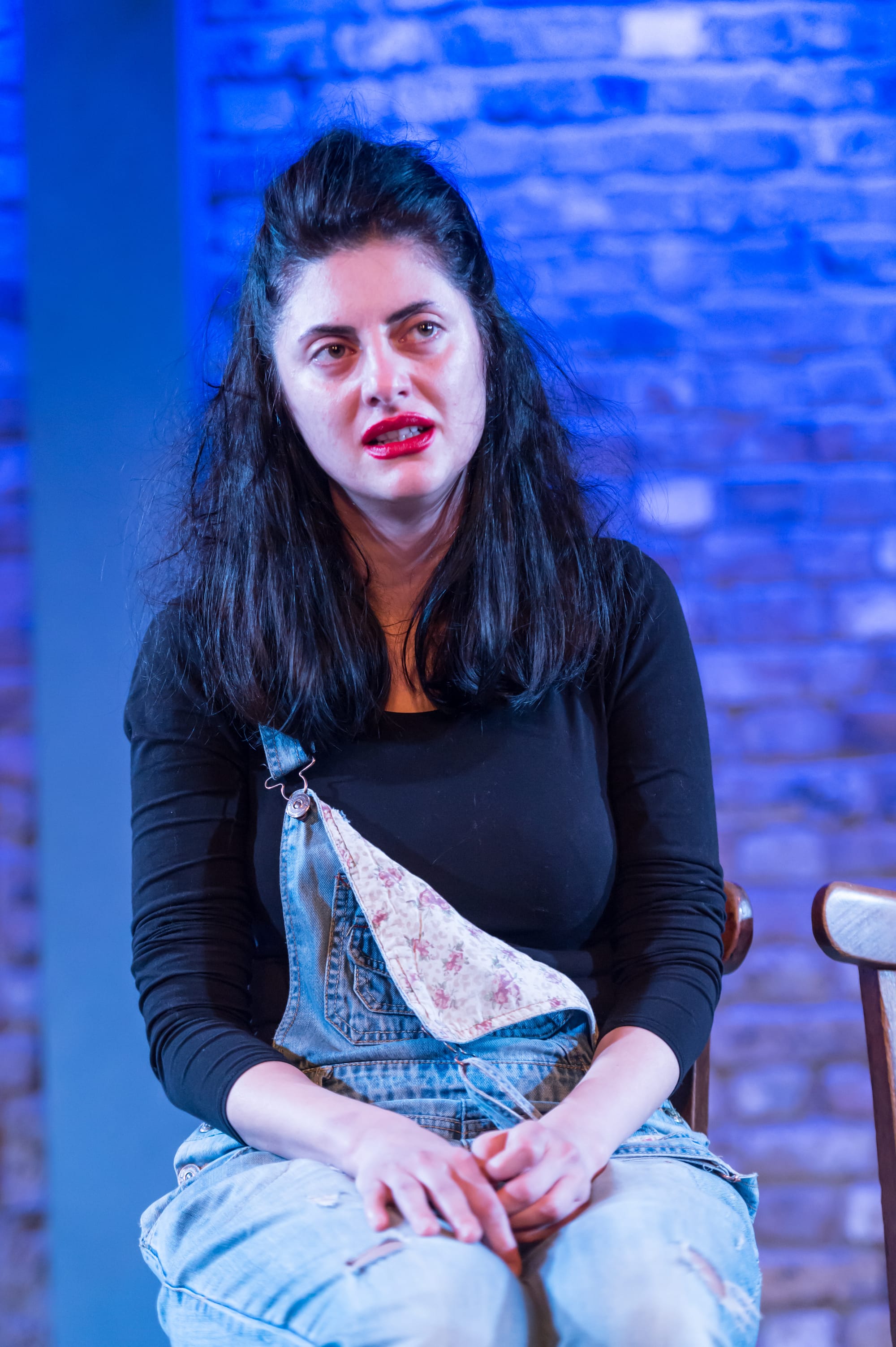
Theatre acting and film acting are very different beasts – one is live, and you create the whole performance in one sprint, the other fragmented and over a great deal of time. How do you adapt to each to make sure you achieve the same emotional truth?
As you said, theatre and film have such different flavours — and both hold a special place in my heart. In theatre, I love sharing the same space and breath with the audience. There’s this invisible dance between the audience’s energy and the actor’s — and that dance keeps the performance alive and unpredictable. Anything can happen in theatre; it’s that sense of uncertainty that feeds its aliveness.
What I love about film is its permanence. You leave behind moments that can be revisited years later. Even though scenes are shot in fragments, you’re still telling a character’s emotional journey as one connected whole. It’s a bit like life, really — pieces come together to make something complete. To find the same emotional truth in both forms.
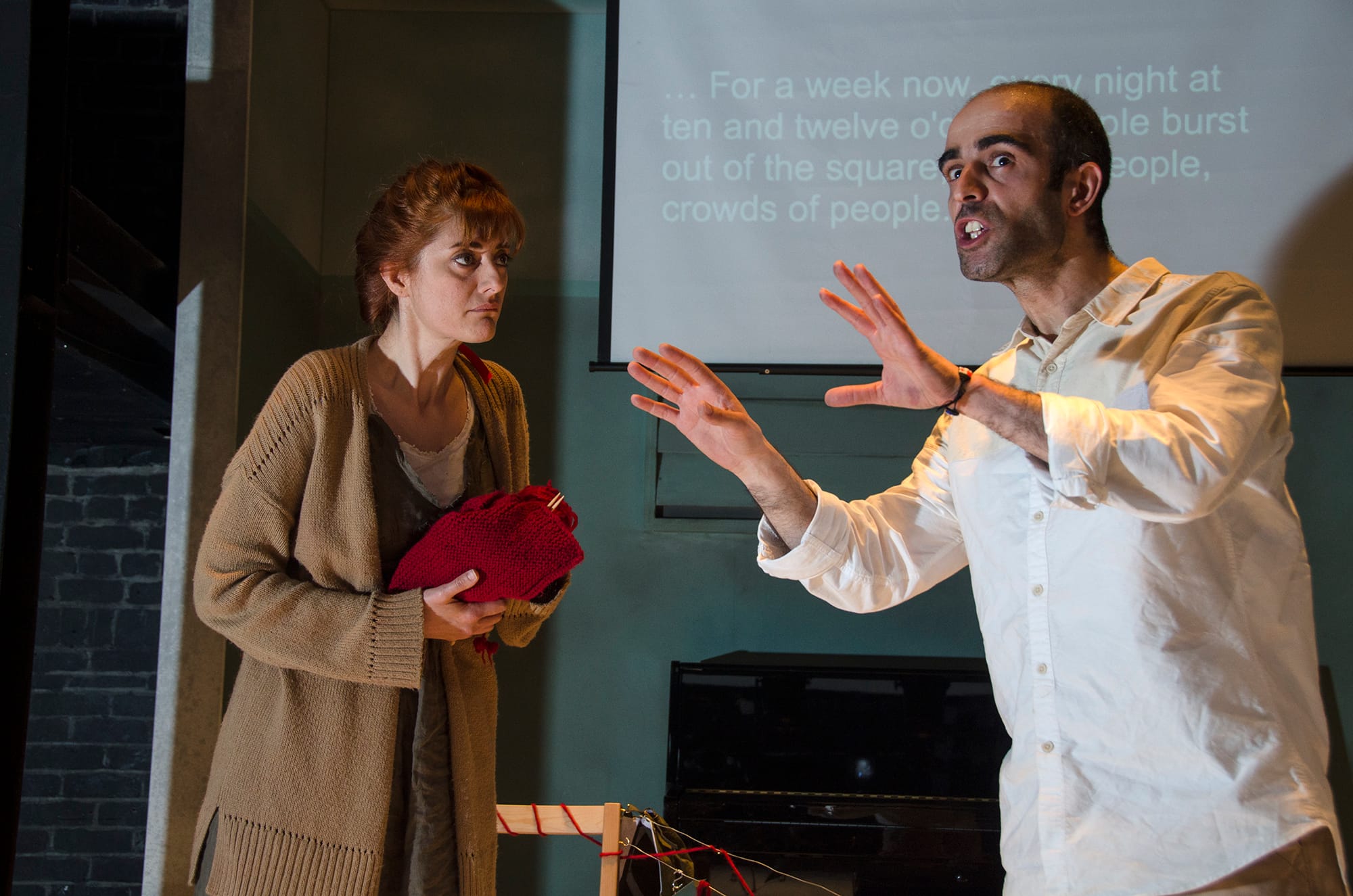
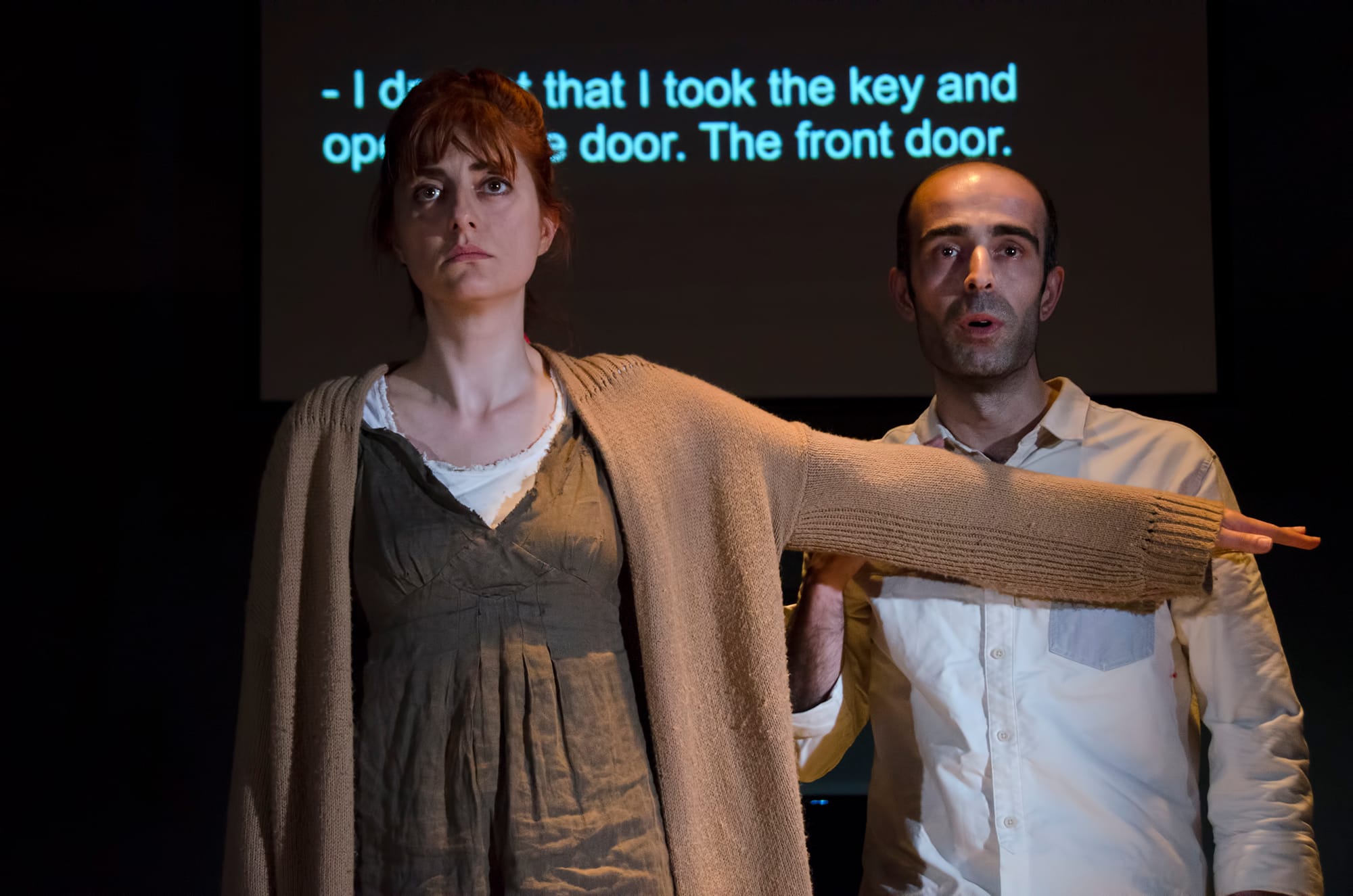
Images from 'The Parade'. Photo credit: Vehbi Koca
You spent a good few years performing the same characters on a soap opera. How do you maintain truthful consistency across time?
Think of it this way: a character never truly stays the same. They have their own journey, their own process — and along the way, they change in different ways. So it’s almost impossible to get bored. It’s a bit like life itself; full of surprises, where anything can happen at any moment
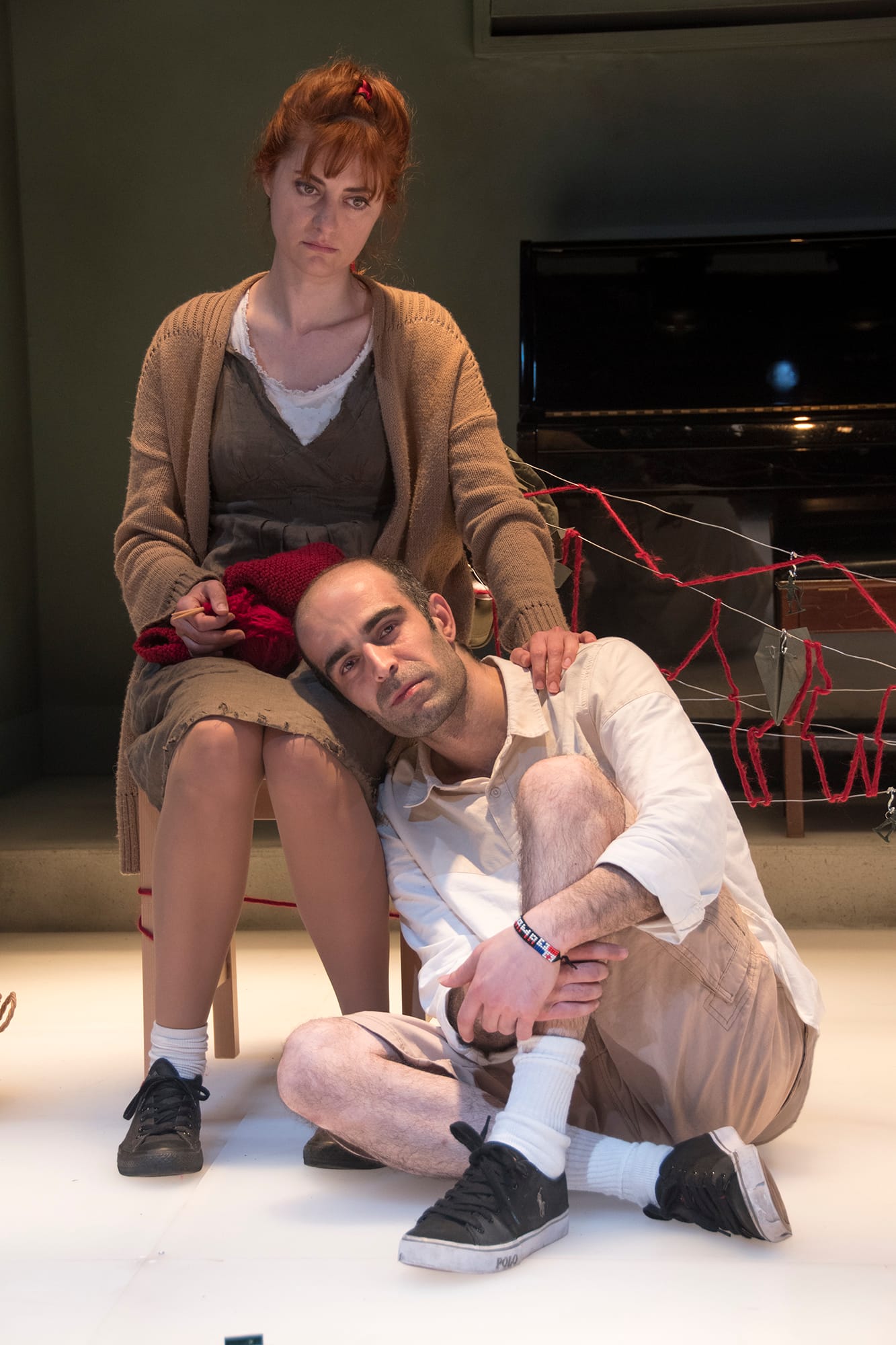
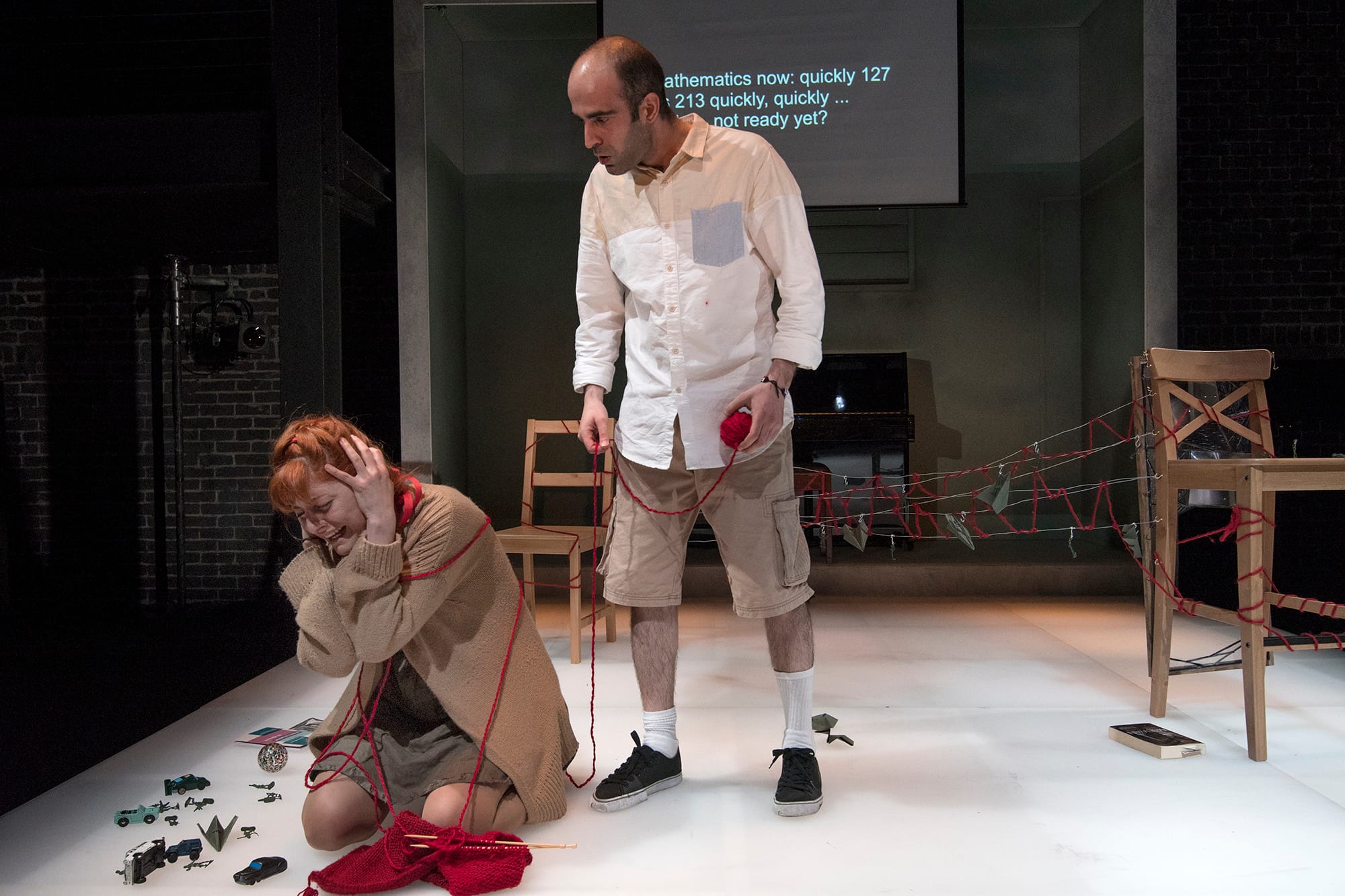
Images from 'The Parade'. Photo credit: Vehbi Koca
Was it difficult to say goodbye to the character when you left the soap? How do you divorce yourself from them?
Of course, there’s always a bittersweet feeling — especially if it’s a long-running project, you build a deeper connection with the character. But like everything in life, every story begins and ends.
I see saying goodbye to a character as making space for a new one. That closing makes room inside me for a new journey to unfold.
How collaborative are you with the directors, writers and other actors in shaping your performance?
I’m one of those actors who truly believe that a play is always a team effort. Just like in life, we’re all connected to each other on stage. The energy of a performance is really the energy of the whole team. When I’m working with a director I trust, I love giving myself over completely. Being in sync with my scene partner, listening to each other, feeding each other — that’s so important for me. But of course, there are times when that connection doesn’t fully happen. The audience may not realise it, but there’s always a subtle emptiness on stage when a true sense of ensemble is missing.
Of course, I pay attention to what the writer intends and I listen to the director’s guidance. But at the end of the day, what matters is what comes out of me and how we bring that together in a shared space. I think the best performances are born where these connections are built with real honesty.
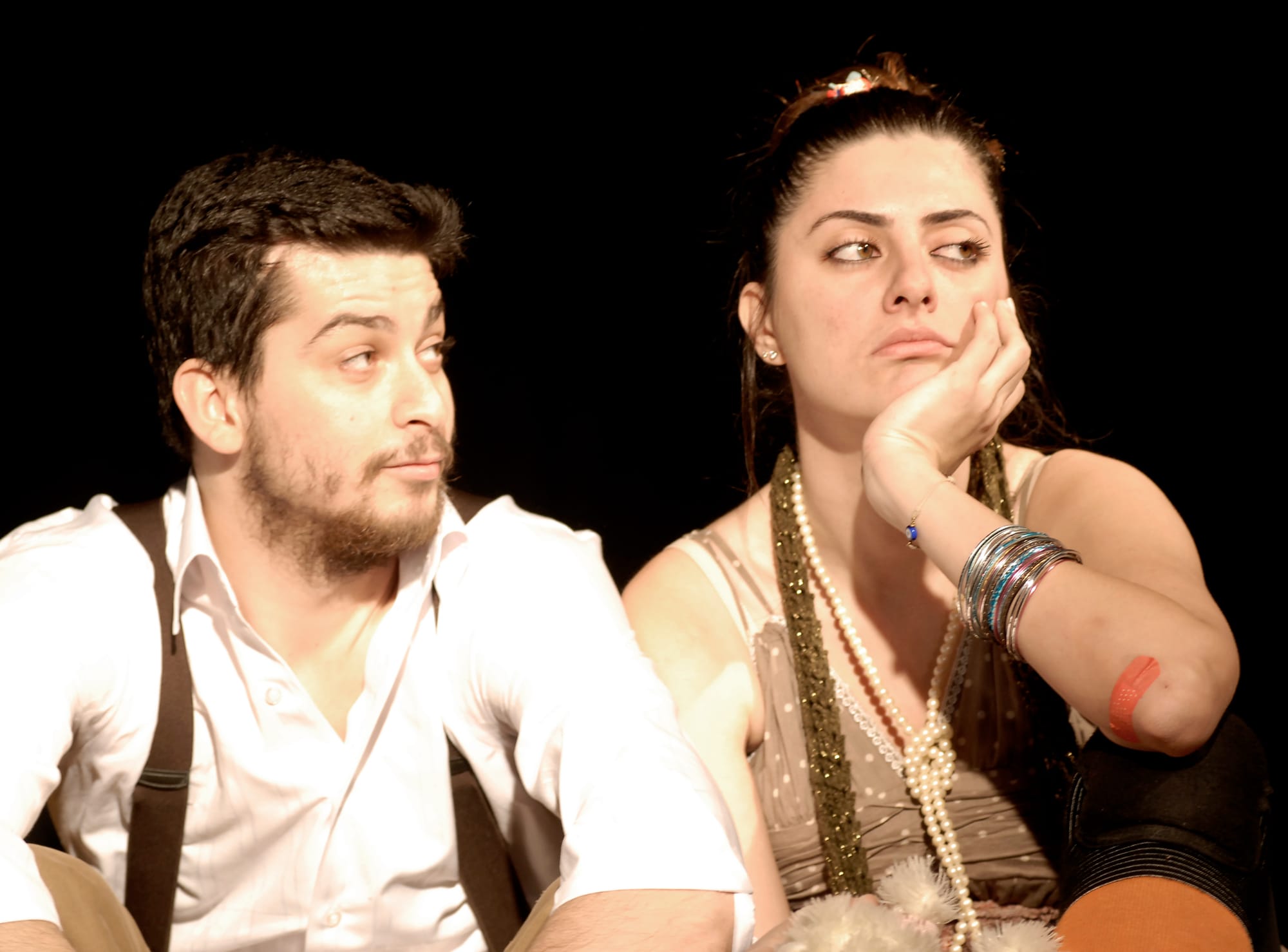
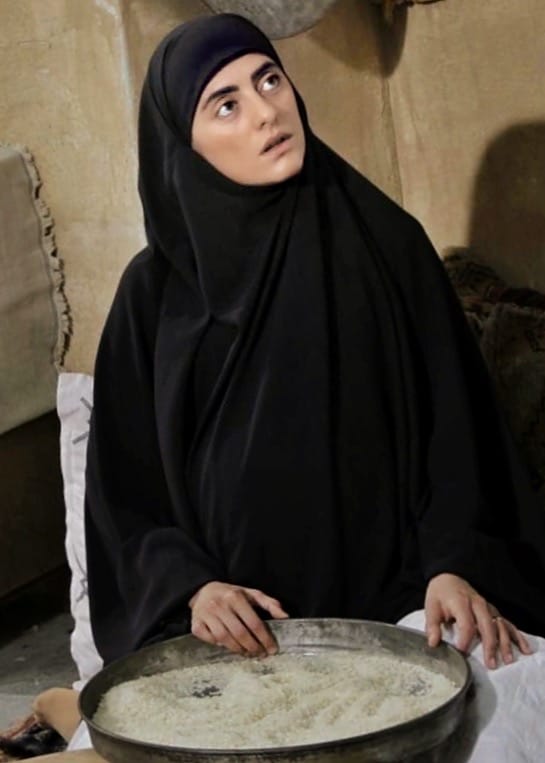
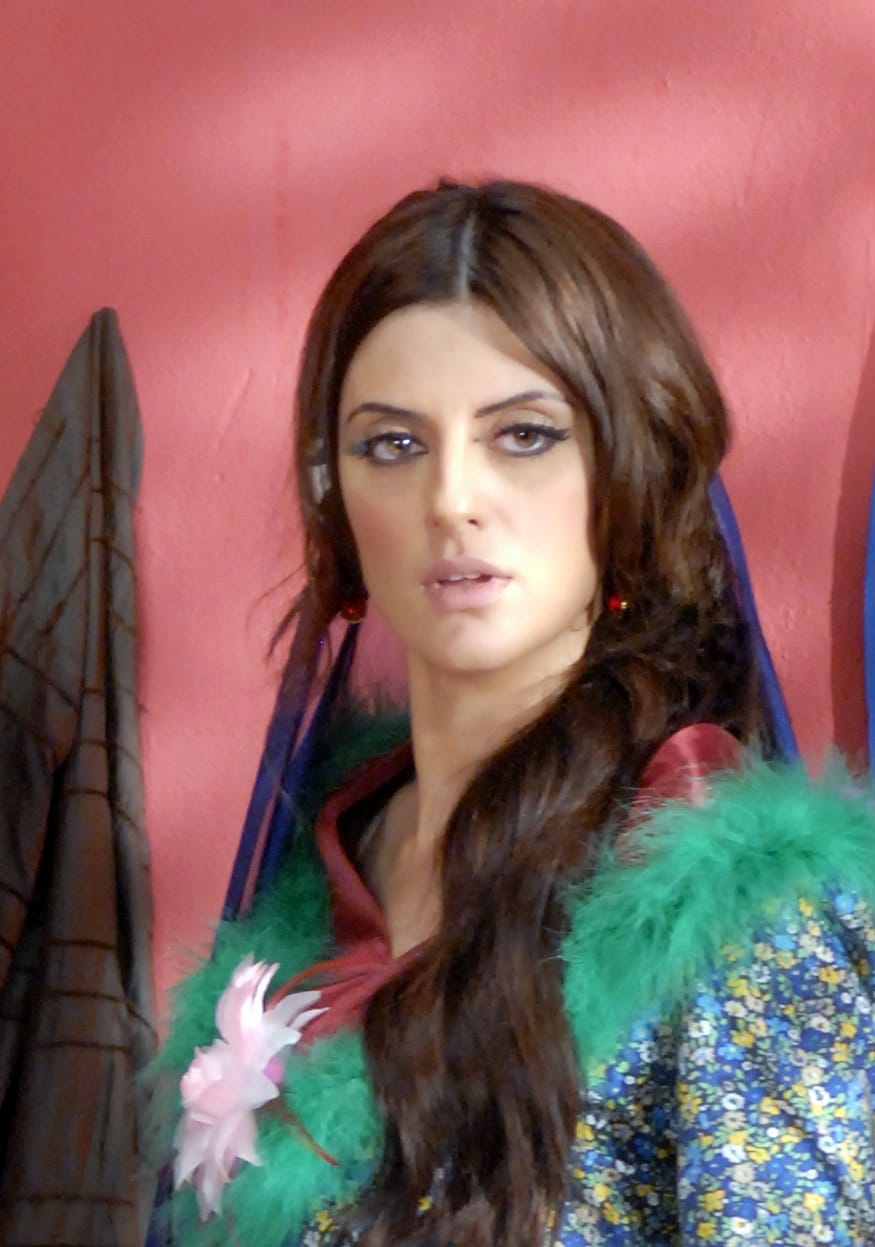
Left image: 'This Property is Condemned', middle image: 'Government Woman', right image:'7 Husbands for Hurmuz'
Are you precise in your undertaking of creative projects, or do you dive straight in and see what happens?
I think I do have a bit of a perfectionist streak, but I know it can hold me back and slow me down sometimes. Most of the time, my projects change and reshape themselves as the process unfolds. For example, my last photography project, Suspended in Time, was exactly like that — I had a clear initial idea, but along the way it transformed into something completely different, both emotionally and visually. I guess the best way is to plan, but then allow space for things to flow.
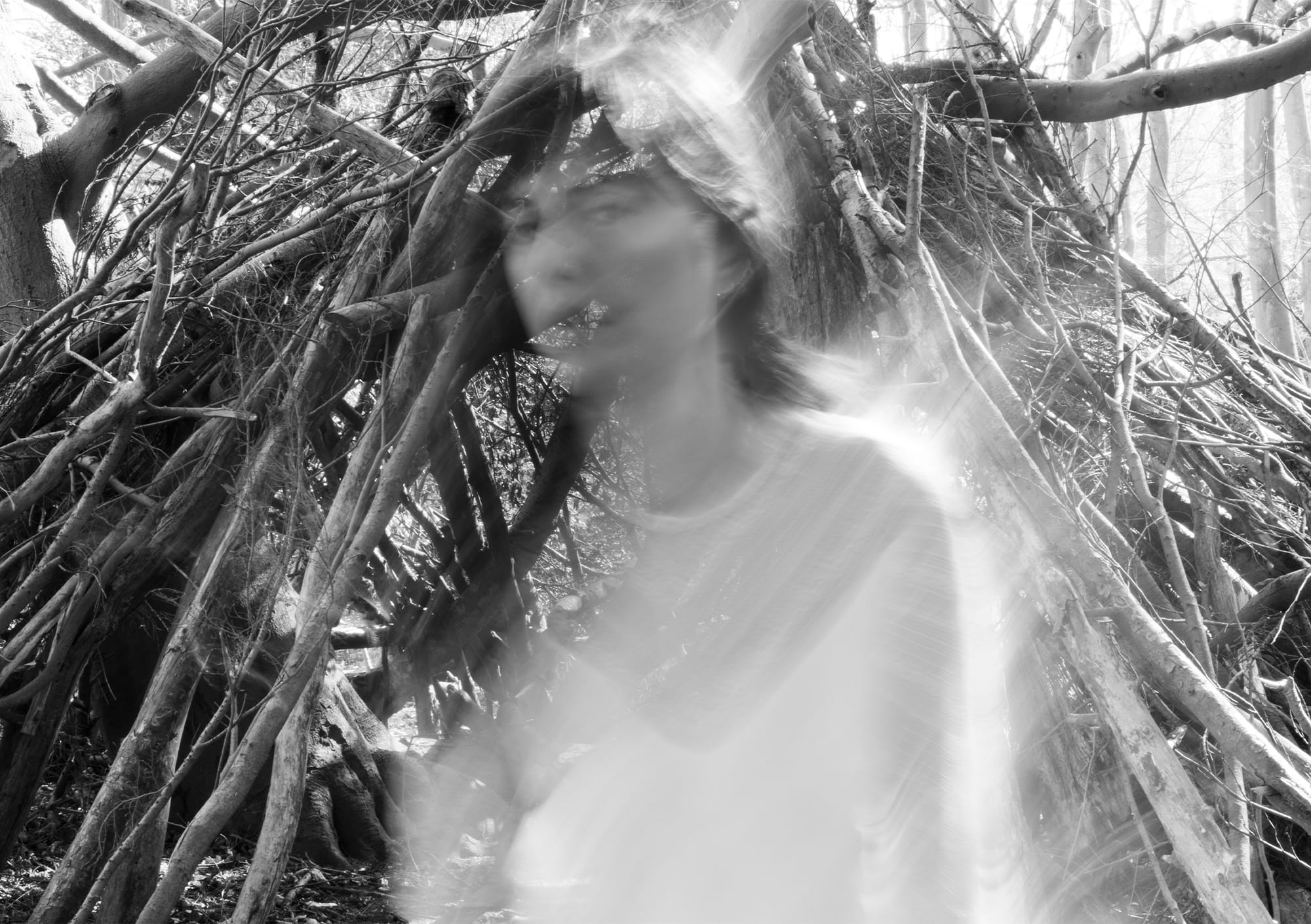




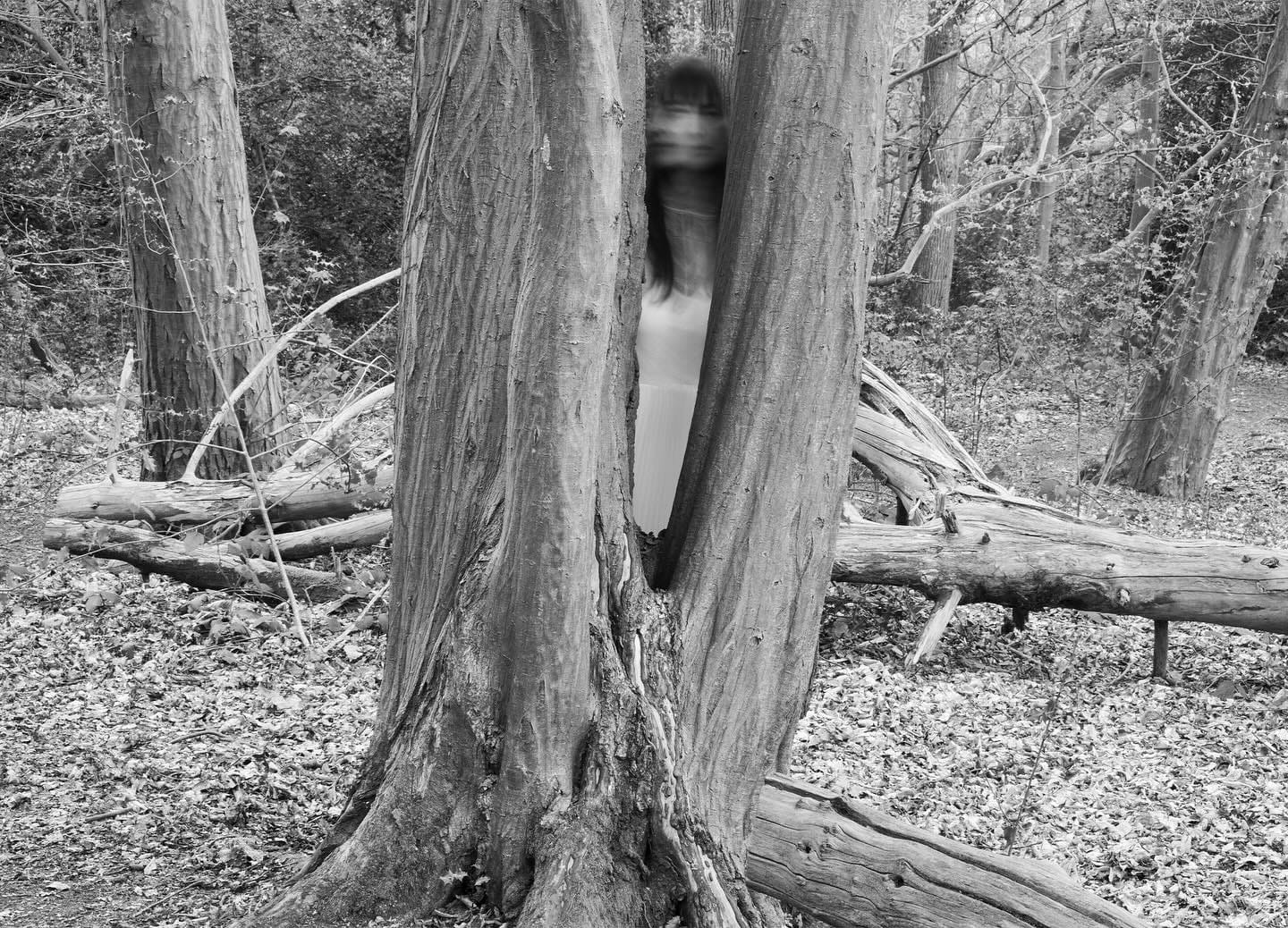
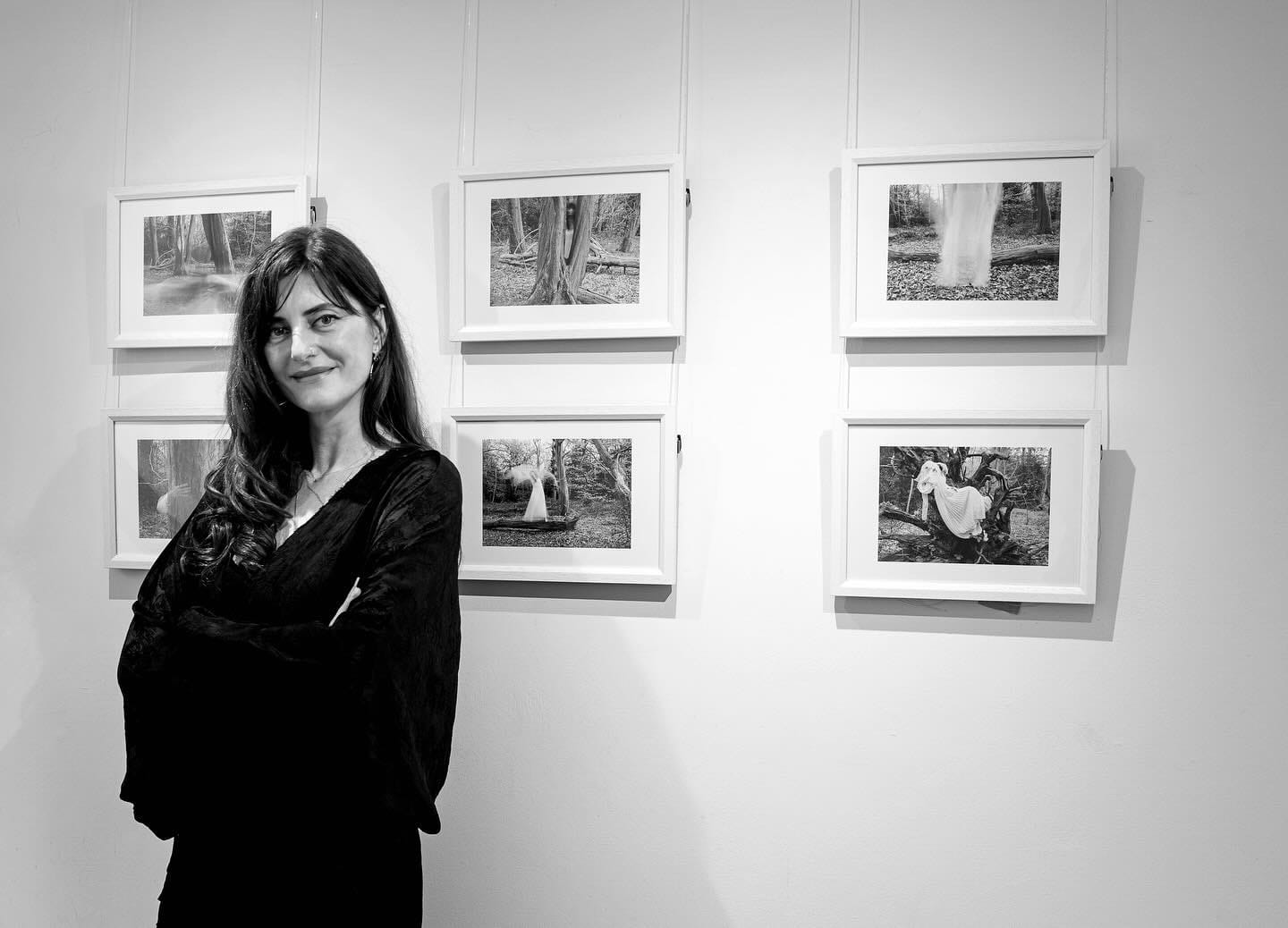
Photos: Dilek Yorulmaz, Portrait photo: Daniel Silas
Who or what have been great influences on your work, outside of your chosen medium?
I’d say that lately, on my photography journey, I’ve been deeply inspired by Francesca Woodman. Her fragile yet fearless approach — the way she gives space even to her own shadow — reminds me of so much. Beyond that, family constellations, shamanic journeys, my dreams… Sometimes my dreams guide me more than any book or teaching ever could. I think the strongest influences often come from what’s hidden inside, in the deepest places we tend to forget.
What are you watching/listening/reading at the moment that you can recommend to us and why?
Lately, I’ve been reading Ercan Kesal’s Stories. We worked together on a project once — he’s a doctor, an actor, a writer, but most of all, he’s just one of the kindest people you could meet. His stories feel the same way: honest, simple, sincere. When you read them, it’s like you’re right there living that moment with him.
On the music side, I’ve been listening to Daisy Rickman, who I discovered quite by chance through a friend. There’s something both fragile and strong in her songs — exactly what I need right now.
These days have been a bit busy, so I haven’t watched much, but if I get the chance, I’d love to see Fiddler on the Roof on stage before it closes.
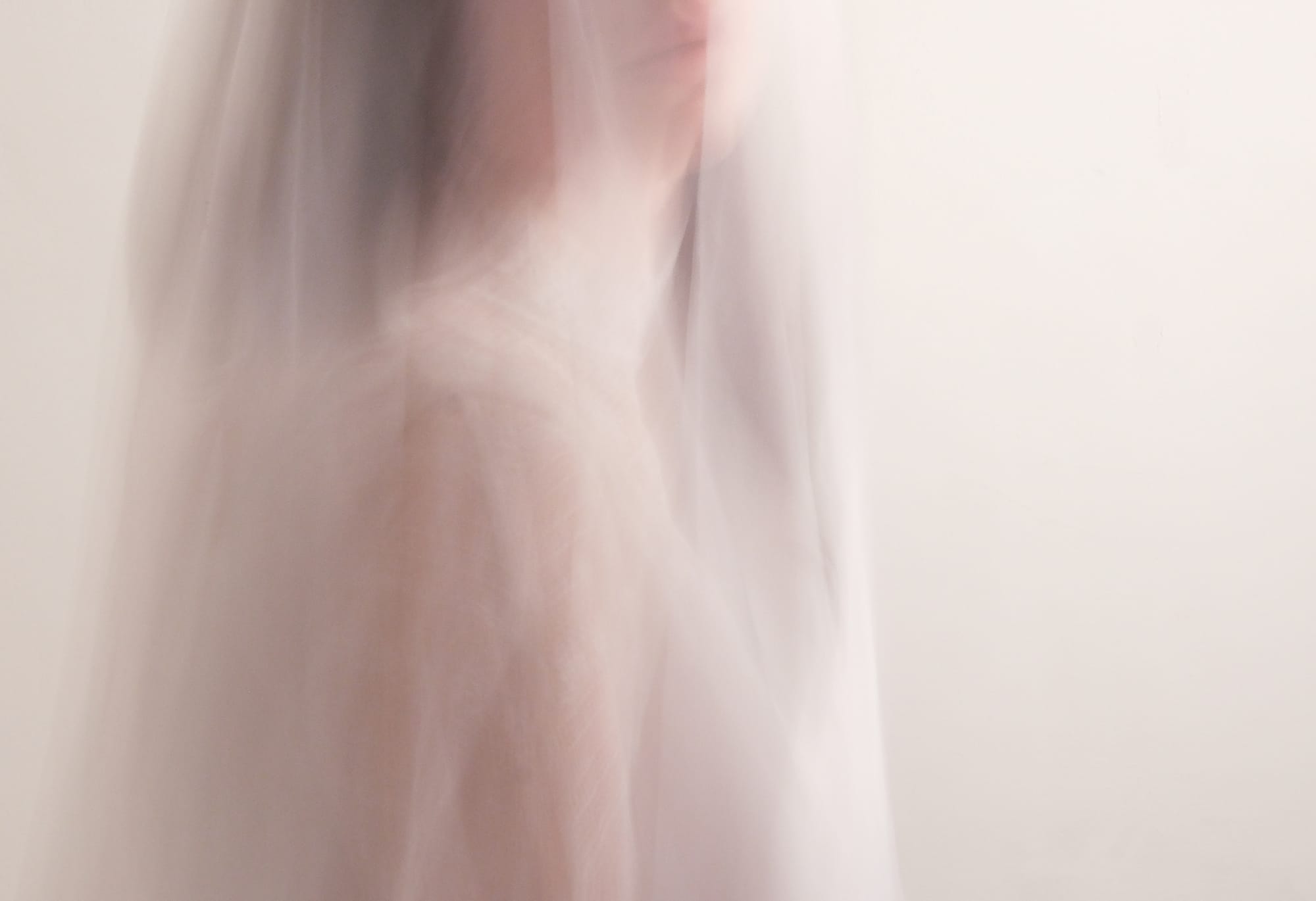
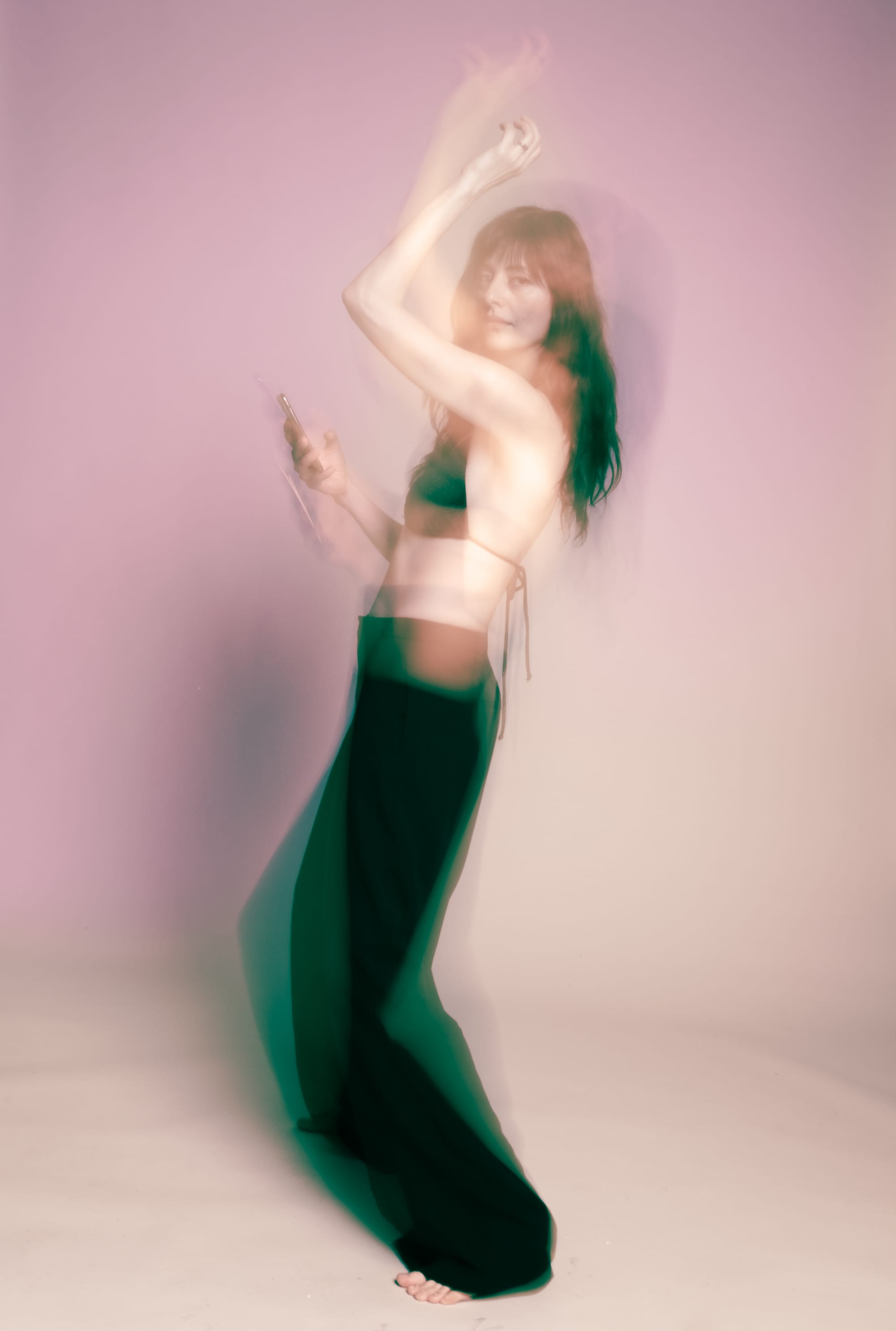
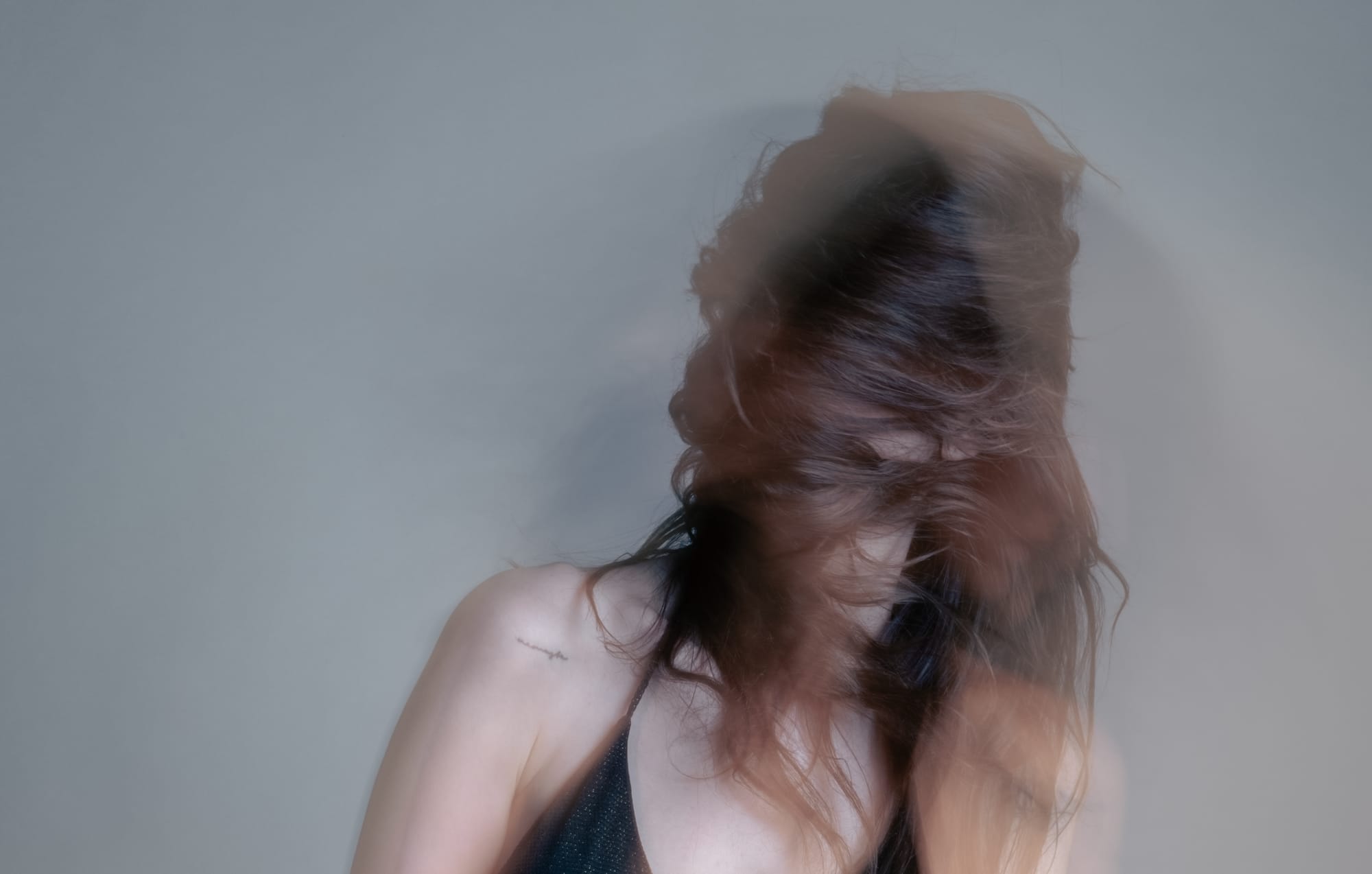
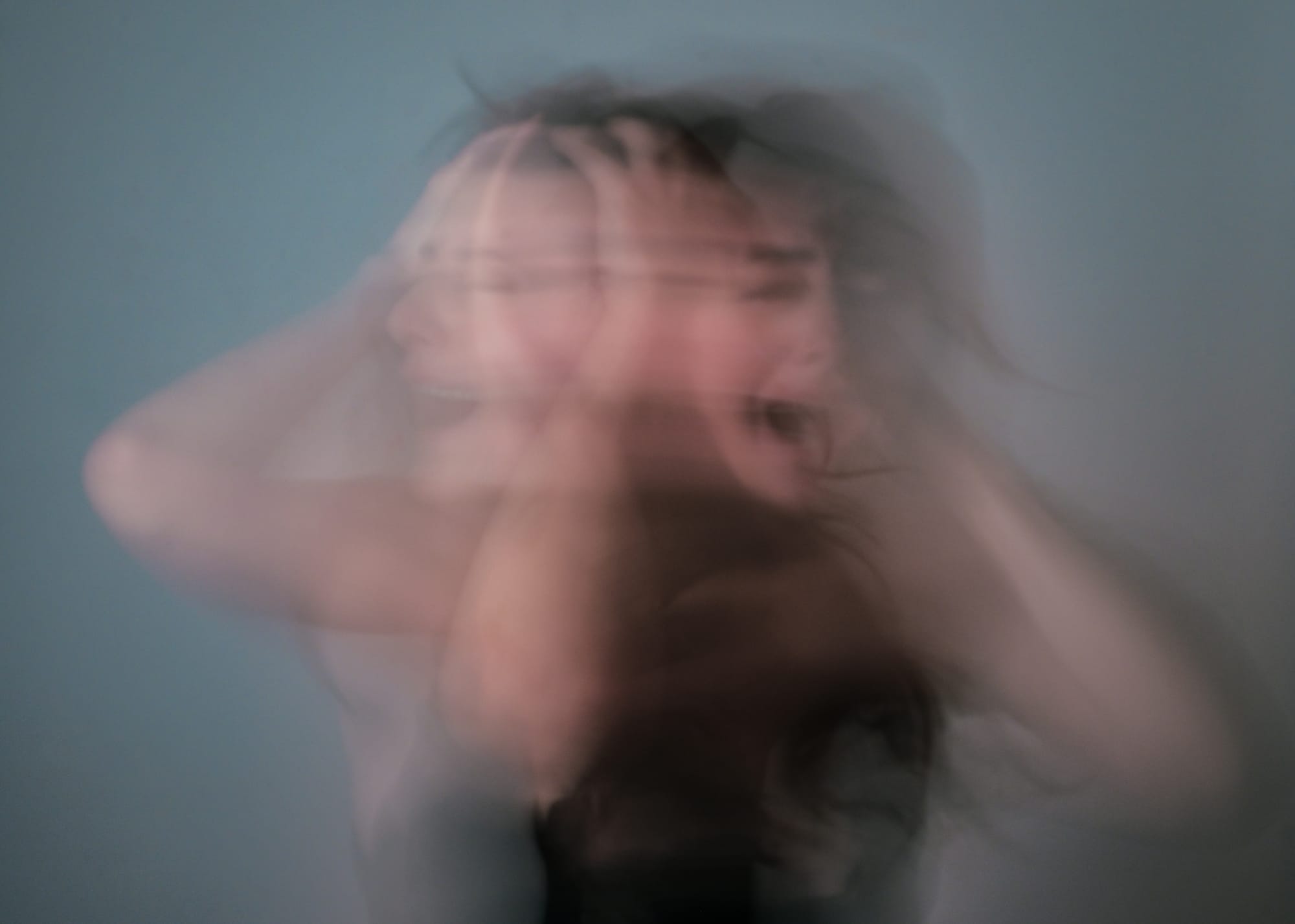
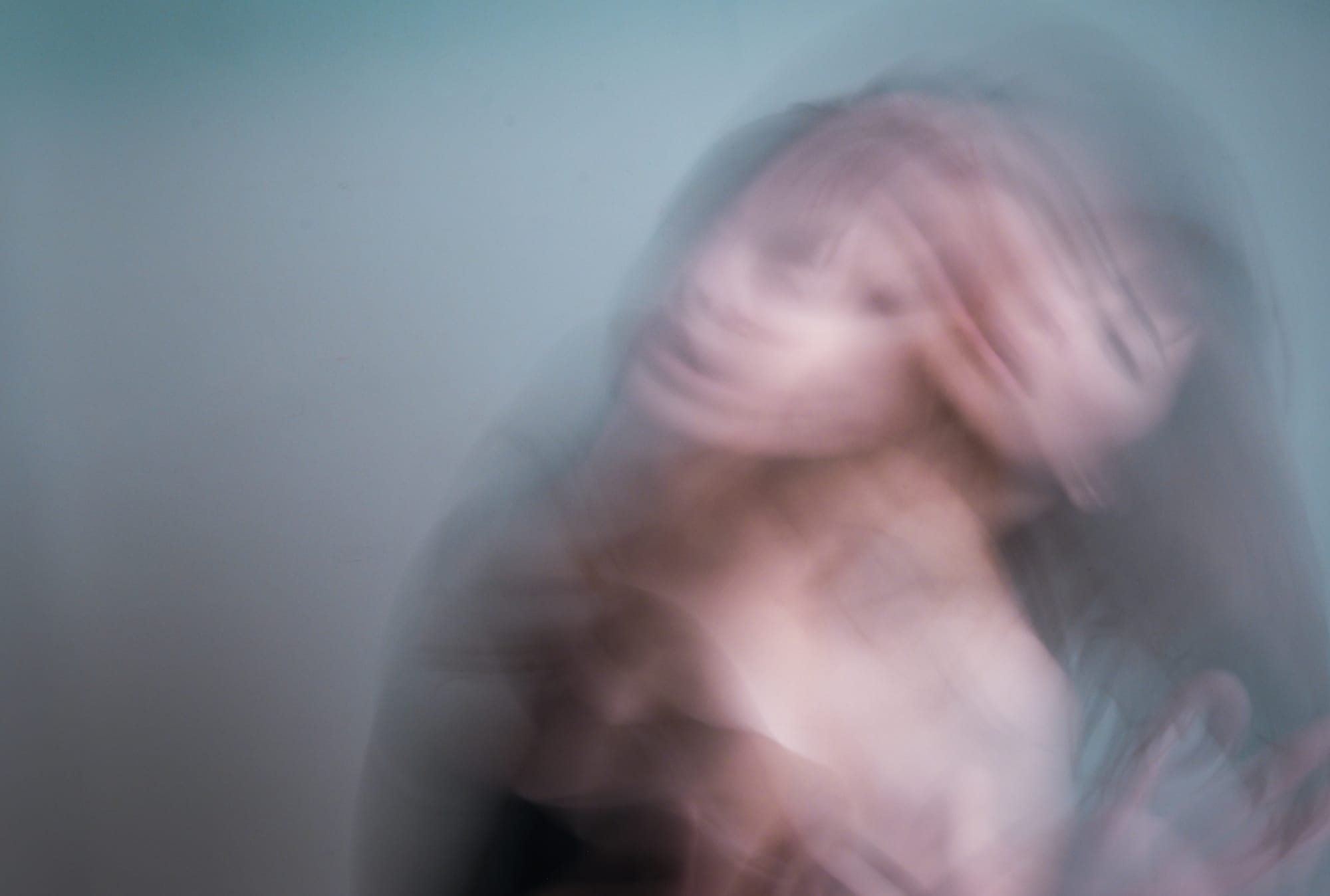
Photos: Dilek Yorulmaz
How can art help us?
I think art is the courage to turn what we can’t say into another form. When storms break inside me, I build ships out of words, images, and sound just to stay afloat. Sometimes I even sink those ships — just to learn how to swim again. Art is also about leaving yourself exposed, daring to look into the darkest corners with your own eyes. Maybe that’s why it brings us closer to each other: so we can look into our own darkness with someone else’s light.
Creativity requires a deep level of thought and commitment – how do balance that with day to day life?
Balance is something I’m always looking for — but honestly, I don’t think I’ve ever really found it. I don’t actually believe in perfect balance; it feels more like a constant sway. Creative work sometimes pulls you away from daily life, and daily life sometimes drags you back from your creativity. It’s like walking a tightrope.
The point isn’t to never fall, but to find the courage to get back up when I do. Because I think creativity often begins right where balance falls apart.
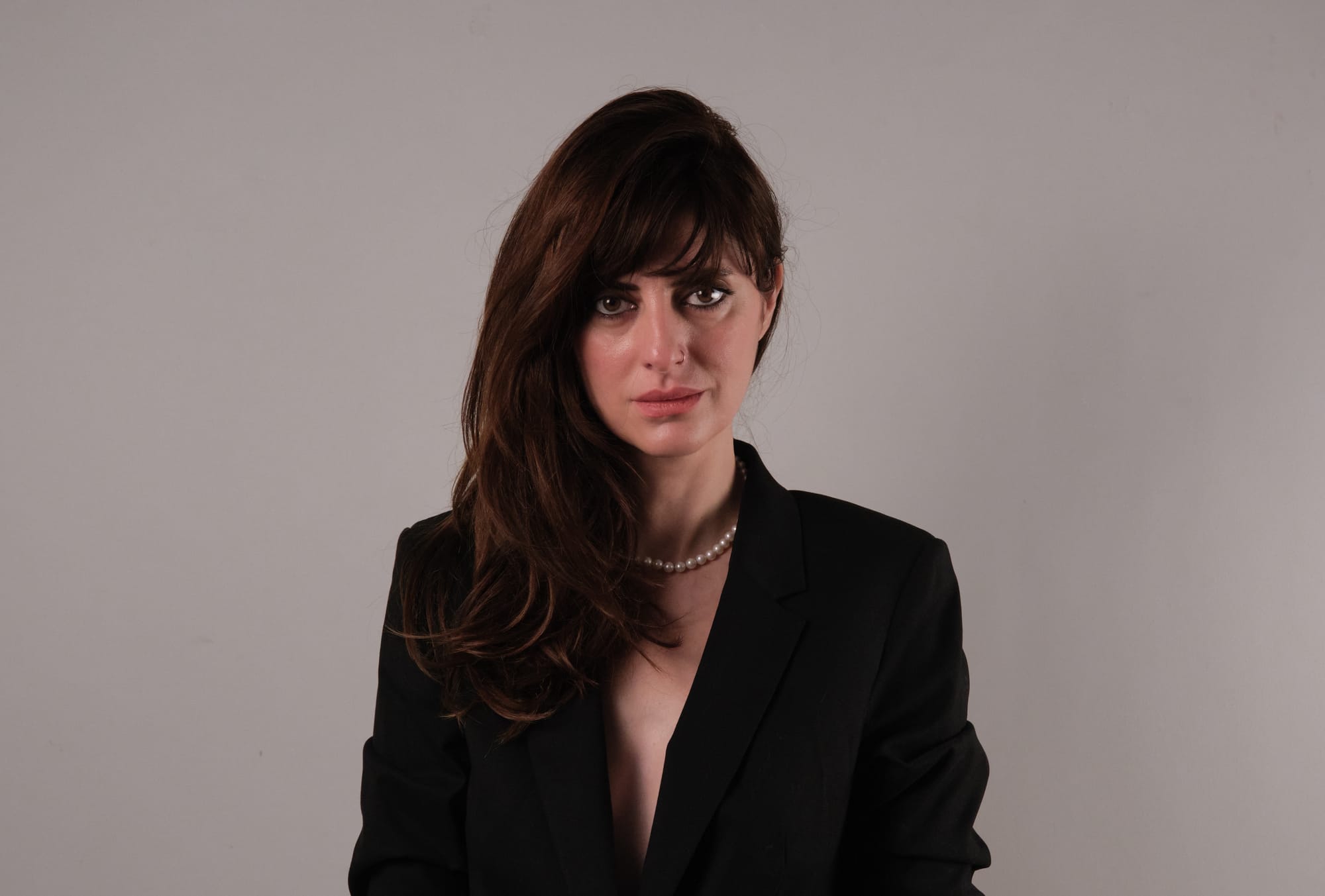
Further Reading
Dilek's Spotlight
IMDB
Dilek's Photography
Tickets for Unofficial Roxelana (Gayri Resmi Hürrem)
We're constantly on the look out for new artists, creatives and initiatives to feature in TheNeverZine - so if you are, or know someone who is going their own way and doing their own thing on their own terms and would be a good fit to feature please smash that button below and get in contact. By talking to each other, and sharing our journeys, ideas and insights on creativity, art, mental health and resilience we can all create, share and thrive together. Nice thought that.
PS - Don't forget to subscribe below for more content from TheNeverPress 👇
